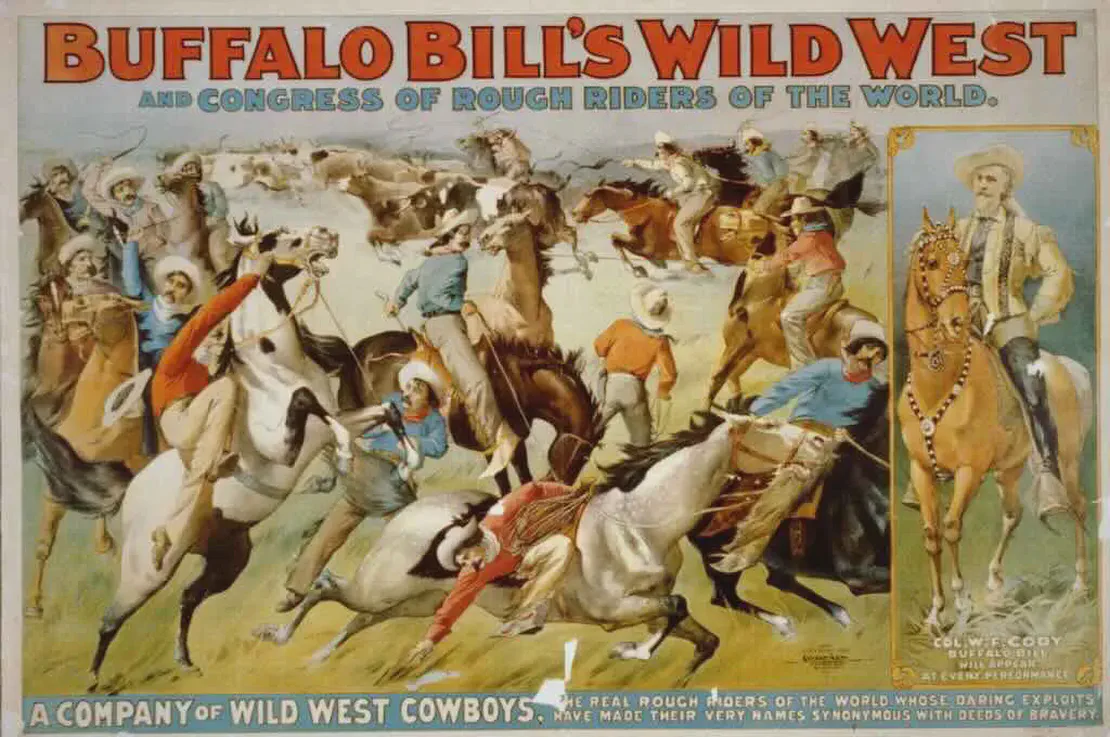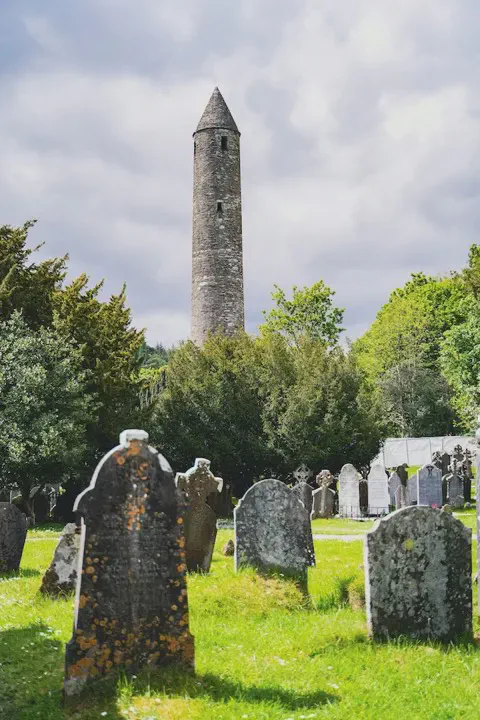- Articles
- January 10, 2022
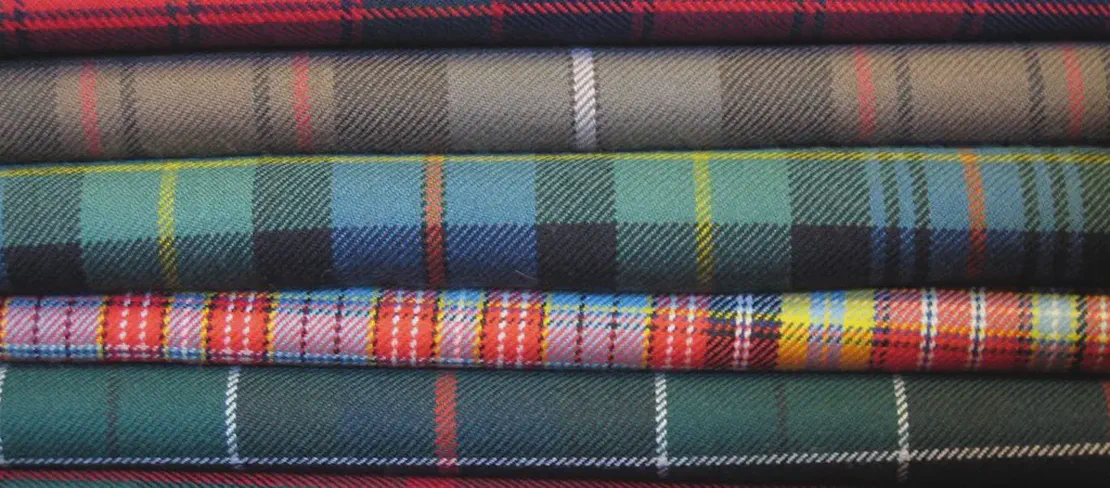
The kilt is a traditional garment associated primarily with Scottish culture but is also part of Celtic heritage in other regions such as Ireland and Wales.
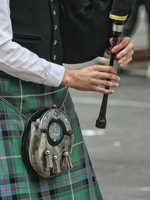
It has a rich history and a strong presence in both ceremonial occasions and everyday wear in Scotland and among the Scottish diaspora.
Here’s an overview of the kilt:
History
- Origins: The kilt originated in the 16th century as the “great kilt” or “feileadh mòr,” a full-body garment that the wearer could also sleep in. This early version was a large piece of cloth that the wearer wrapped around the body and over the shoulder.
- Evolution: Over time, the kilt evolved into the “feileadh beag” or “little kilt,” which is essentially the modern kilt, consisting only of the lower half that wraps around the waist.
- Symbolism: The kilt became a symbol of Scottish national identity, especially after the Dress Act of 1746 was repealed in 1782. This act had initially aimed to suppress Highland culture.
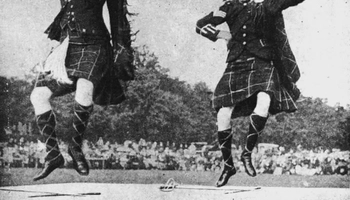
Design and Features
- Material: Kilts are traditionally made from woolen cloth in a tartan pattern, which is a crisscrossed horizontal and vertical band in multiple colors. Tartans can represent clans, families, regions, institutions, or individuals.
- Pleats: The back of the kilt contains pleats, which are folded and stitched down to allow the garment to expand and move with the wearer. The front of the kilt is flat.
- Securing: It is fastened around the wearer’s body at the waist, typically with buckles and straps, and falls to the middle of the knees.
- Accessories: Kilts are often worn with accessories like a sporran (a type of pouch), kilt hose (socks), ghillie brogues (shoes), and sometimes a kilt pin for added weight and decoration.
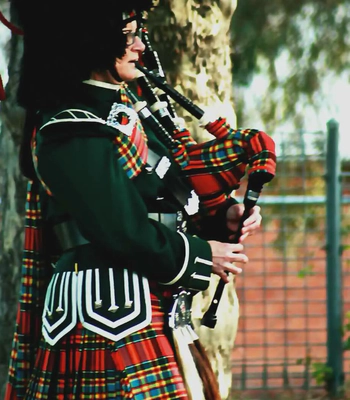
Cultural Significance
- Formal Wear: The kilt is widely recognized as formal wear in Scotland, used at weddings, state occasions, and traditional Scottish events like ceilidhs (social events) and Highland games.
- Everyday Wear: While not as common in everyday settings, some Scots wear kilts as a symbol of pride in their heritage, particularly at sporting events or during cultural celebrations like Burns Night or St. Andrew’s Day.
- International Recognition: Beyond Scotland, the kilt has been embraced by communities around the world, especially in countries with strong Scottish connections like Canada, the United States, and New Zealand.
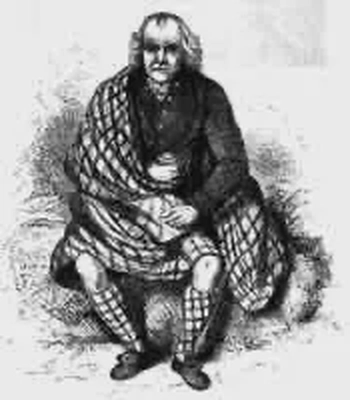
Variations
- Tartans: There are thousands of different tartans, each potentially signifying different family names (clan tartans), districts, corporations, and events.
- Styles: While the Scottish kilt is the most recognized, similar garments can be found in other cultures, such as the Irish kilt, which often features solid colors rather than tartan patterns.
The kilt remains a potent symbol of Scottish identity and heritage, celebrated for its distinctive appearance, historical significance, and the sense of belonging it provides to those who wear it.
